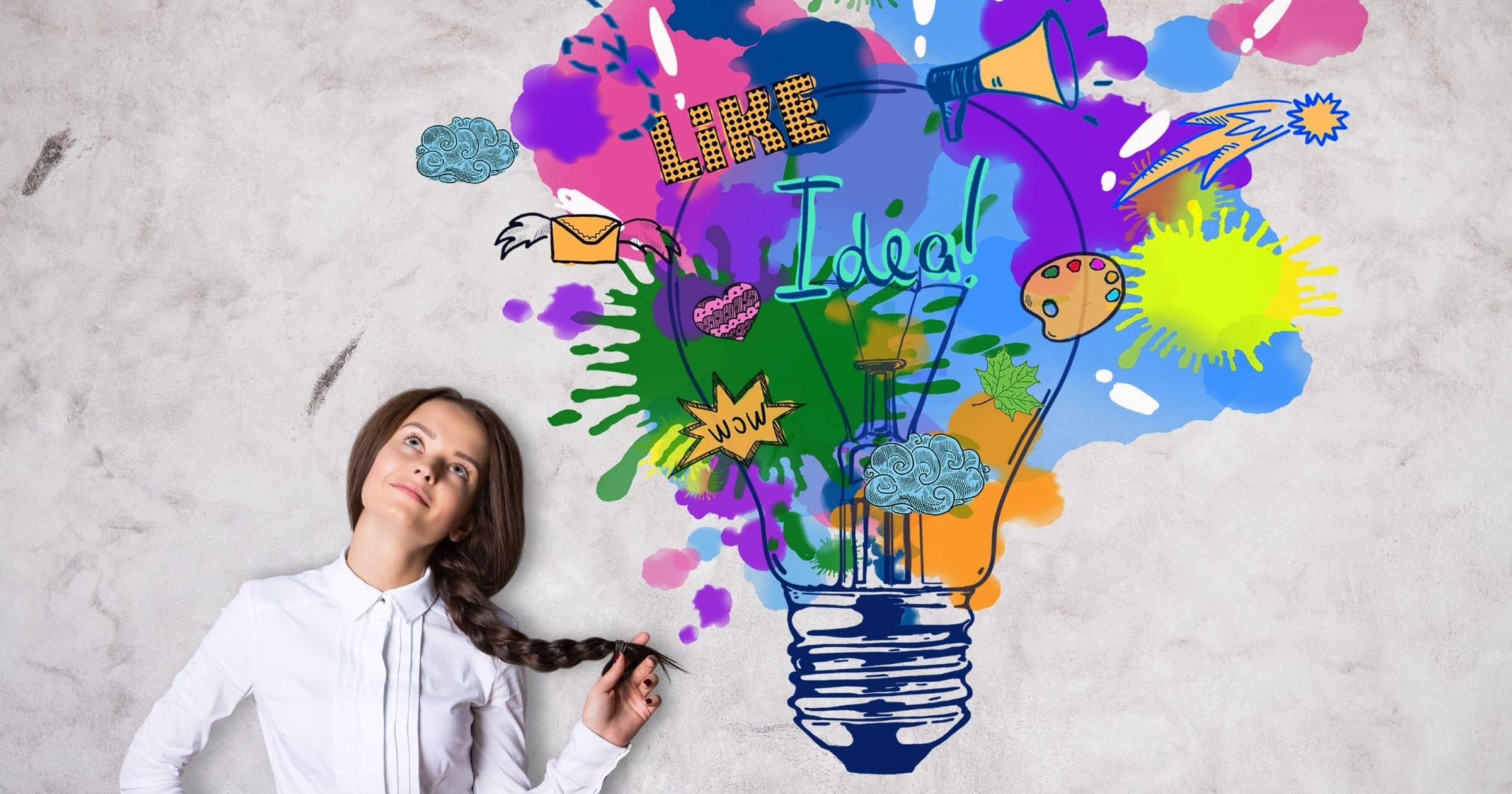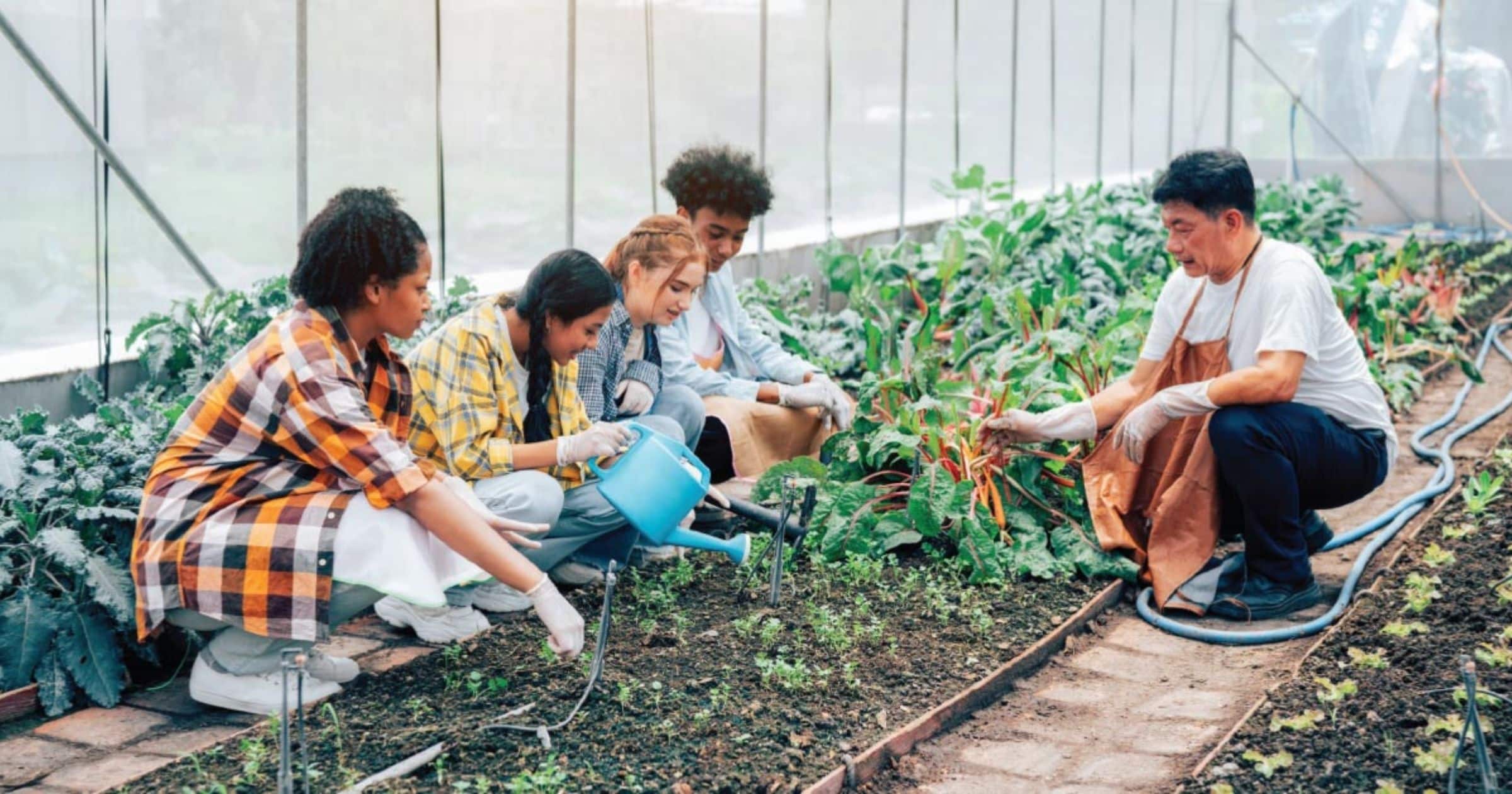Written by Ben Talsma for the Van Andel Institute for Education.
Kids are curious creatures. Spend a little time in any classroom and you’ll find yourself the recipient of countless questions ranging from the strange to the profound. From pondering the diversity of dog breeds to contemplating our place in the universe, these questions are not just random musings but pathways to deeper understanding.
Personally, I find these questions fascinating. They serve as a powerful reminder that every advancement in human knowledge stems from individuals who dared to question the world around them.
Sadly, educators don’t always take advantage of our students’ innate curiosity. We get comfortable with a certain way of doing things. We follow routines and standard practices, and we start to miss out on those invaluable “whys” that poke at our students’ imaginations. It doesn’t have to be this way, though. We can make the leap from traditional practices to a deeper, more experiential way of learning. It all starts by making four intentional shifts that help to foster student engagement and inquiry.
In our approach to teaching, it’s crucial to move away from rigid expectations about how students “should” learn. This approach, where we emphasize specific ways in which something ought to be done, can limit student curiosity and engagement. Instead, educators can foster a culture of exploration by letting students figure things out for themselves, constructing their own understandings of the concepts explored in class.
The “What’s My Rule” strategy exemplifies how curiosity can be harnessed to promote deep understanding. In this method, the teacher categorizes examples and non-examples of a specific concept into two groups without revealing the concept itself. Students are then challenged to explain why the items are sorted in this manner, prompting them to engage deeply with the concept. This process encourages students to explore the rationale behind the sorting, fostering a deeper understanding of the concept without the teacher explicitly stating what students are “supposed to” learn.
Another essential ingredient to unlocking curiosity is the idea of choice. Prioritizing student autonomy can enhance their involvement in the learning process. Allowing students to choose how they tackle problems or seek information empowers them as active participants in their education.
One effective strategy for achieving this goal is called “What Else Do You Know.” It’s a straightforward addition that can be applied to any assessment: conclude the test by prompting students to share additional knowledge that wasn’t covered in the test. This gives students the opportunity to showcase what they’ve learned beyond the assessed material and motivates them to pursue their curiosity throughout the unit, engaging in independent research that they can apply to this question.
Furthermore, creating frameworks that prompt students to justify their thought processes is an effective method for enhancing their grasp of concepts. Instead of solely acknowledging correct answers, urging students to elaborate on their reasoning in innovative ways fosters critical thinking. The “Three Whys” technique is particularly valuable in this regard. Here, the teacher invites students to answer a question, followed by asking them why they believe their answer is correct. After they provide their reasoning, the teacher prompts them to explain why that reasoning is valid. This cycle is then repeated once more, compelling students to take a deep dive into their understanding. Finally, delegating some intellectual responsibilities to students can foster their growth and independence.
One wonderful way to do this is by employing the “Teach the Future” strategy. This involves having students craft lessons for next year’s classes, challenging current students to apply what they’ve learned and strengthen their understanding. This approach benefits teachers by providing additional resources and reinforces students’ learning as they consider how best to convey knowledge to others. Embracing these shifts in learning can transform our classrooms into dynamic centers of curiosity and innovation. Let’s dedicate ourselves to creating environments that ignite a lifelong passion for discovery in our students. By doing so, we’ll not only enhance their educational journey but also pave the way for the next generation of thinkers, creators, and inquisitive minds.
This article is courtesy of the Van Andel Institute for Education. For more free educational resources, head here.





